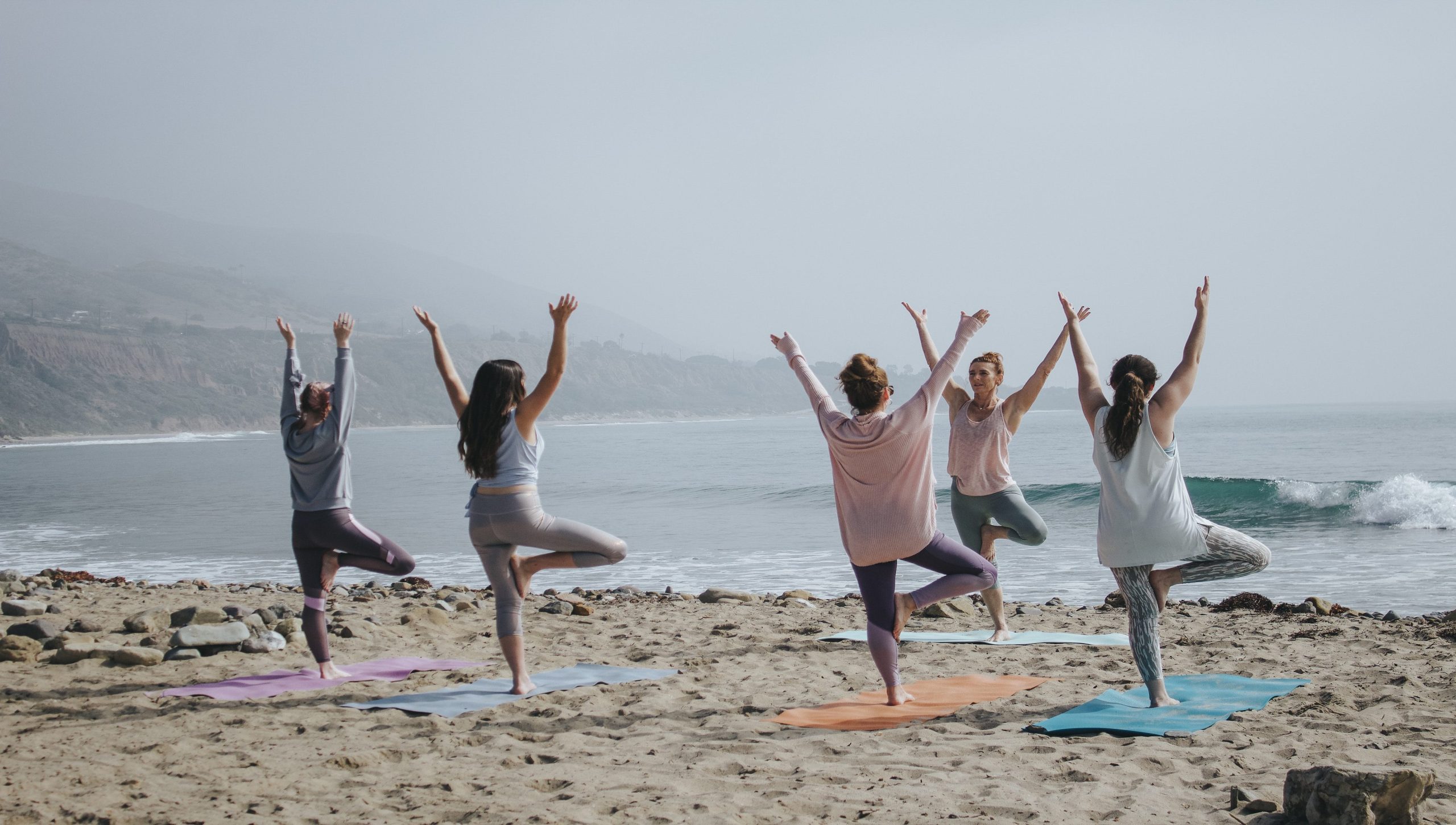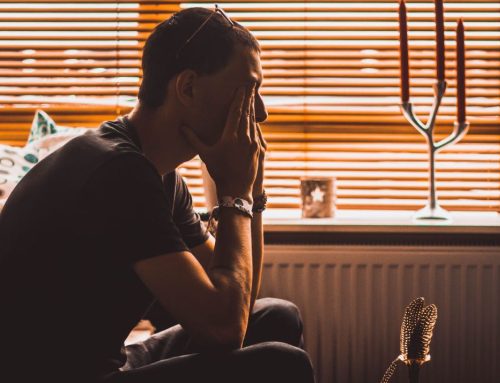What Is Yoga?
June 21 is the International Day of Yoga. Yoga is a practice dating back thousands of years. It involves physical poses, deep breathing and concentration. The physical benefits of yoga include increased flexibility, muscle strength and energy levels. Yoga has even been shown to support recovery from cancer and other health conditions. However, what are the mental health advantages of starting or maintaining a regular yoga practice? This article will explore some of the benefits that yoga can have for our emotional well-being in terms of anxiety and depression. The article also looks at how to get started with yoga and includes two simple yoga exercises.
Yoga For Mental Health
We all experience anxiety sometimes. Anxiety is a normal response to potentially threatening circumstances. It can range from mild nervousness to fearful panic. Some anxiety can even help us to perform better, such as the manageable anxiety we might feel before an important exam. However, when our worry isn’t a rational response to a dangerous situation it can start to interfere with our day-to-day life and become out of proportion to the challenges we face.
Low mood can be normal sometimes too. It’s usual to feel a bit down if we’ve had some difficult news or if we’re going through a challenging time. However, depression involves feeling persistently low for an extended period of time. Depression can range from a mild lack of interest in pleasurable activities to severe sadness and suicidal thoughts. The standard treatments for anxiety and depression are talk therapy, such as CBT, or medication. However, alongside more traditional approaches, yoga can also be a helpful tool.
All exercise reduces anxiety and improves mood. Nevertheless, yoga has been shown to have benefits beyond metabolically matched activities, such as walking. Yoga is thought to work differently than some other forms of exercise as it elevates levels of the brain chemical associated with decreased anxiety and better mood. It’s also a self-soothing activity, similar to meditation, so it can calm our nervous system and improve our energy. Yoga requires concentration and the combination of this focus with movement and breathing techniques help to centre us in the present. This reduces anxious thoughts about the future or sad thoughts about the past.
How To Get Started With Yoga
Starting a new activity can feel overwhelming. However, each pose in yoga is flexible and adaptable so people of all levels can practice. It’s even possible to practice yoga completely seated in a chair. There are a number of different styles of yoga. Hatha yoga is particularly suited to beginners as it uses slow and gentle movements. If you’re looking for ways to get started with yoga, you could reach out to your local community center which might run classes. You could also try online yoga tutorials, such as the ones at Online-Therapy.com, as a way to begin and develop your yoga practice.
Some Simple Yoga Exercises For Anxiety And Depression
Here are some simple exercises you can try to support the reduction of anxiety and depression. Before trying any yoga poses, make sure that you’re wearing loose, comfortable clothing and that you have enough space to practice. You might want to have a drink of water nearby too. While yoga is good for us both physically and emotionally, please check with your doctor before starting any new physical activity or trying any of these poses. This is especially important if you have any underlying medical conditions or you haven’t exercised in a while.
Tree Pose
The classic tree pose replicates the graceful and peaceful form of a tree. It helps to turn our attention inward, therefore calming our thoughts and improving our mood. This makes it beneficial for reducing anxiety and depression. To practice the tree pose, stand firmly on the ground with both feet. Root your right foot to the ground and gently raise your left foot. Turn the sole of the left foot toward the right leg and place it on your ankle, calf or thigh. Your hands can be by your side or in front of you in a prayer position.
Try to hold the pose for one minute and then repeat on the other side. Variations of the tree pose include placing your raised foot on a chair instead. You can also sit in a chair, raise your palms above your head in a prayer position and, if it feels comfortable to do so, rest the ankle of one leg on the knee of the other leg.
Breathing Exercises Or Pranayama
Pranayama refers to breathing exercises in yoga. There are a variety of pranayama exercises used to reduce anxiety and depression while promoting mental focus and well-being. To practice a simple pranayama technique, sit with your back straight and your body relaxed. Keep your breath slow and consistent. Try to make it flow in and out through the nose and down to the belly. Either close your eyes completely or soften their focus. Do not force your breath when practising breathing techniques. If you feel dizzy or fatigued just stop at any point. One balancing type of pranayama breathing is to inhale for a gentle count of six seconds, hold the breath for two seconds, exhale for a gentle count of six seconds, hold the breath for two seconds, and repeat.
How Can Online-Therapy.com Help?
If you’d like to improve your mental health or are curious about trying yoga, then Online-Therapy.com can help. By signing up with our program you can choose a therapist who will work with you to develop a personalized toolkit to support you with your emotional well-being. You can choose to have your therapy sessions by video, phone or text chat (couple counselling will be video only), making Online-Therapy.com a flexible and convenient option. You’ll also have access to yoga tutorials for all levels, delivered by experts, and available for you to try whenever and wherever you like.
At Online-Therapy.com we offer an integrated and holistic package to enable you to feel at your best. Our approach includes regular video, phone or text chat sessions with your chosen therapist, unlimited messaging and worksheet support, journaling and yoga. This ongoing support means that you have the daily expert guidance you need to learn strategies and skills to support you with the well-being of both your body and mind, as soon as you sign up.




Leave A Comment